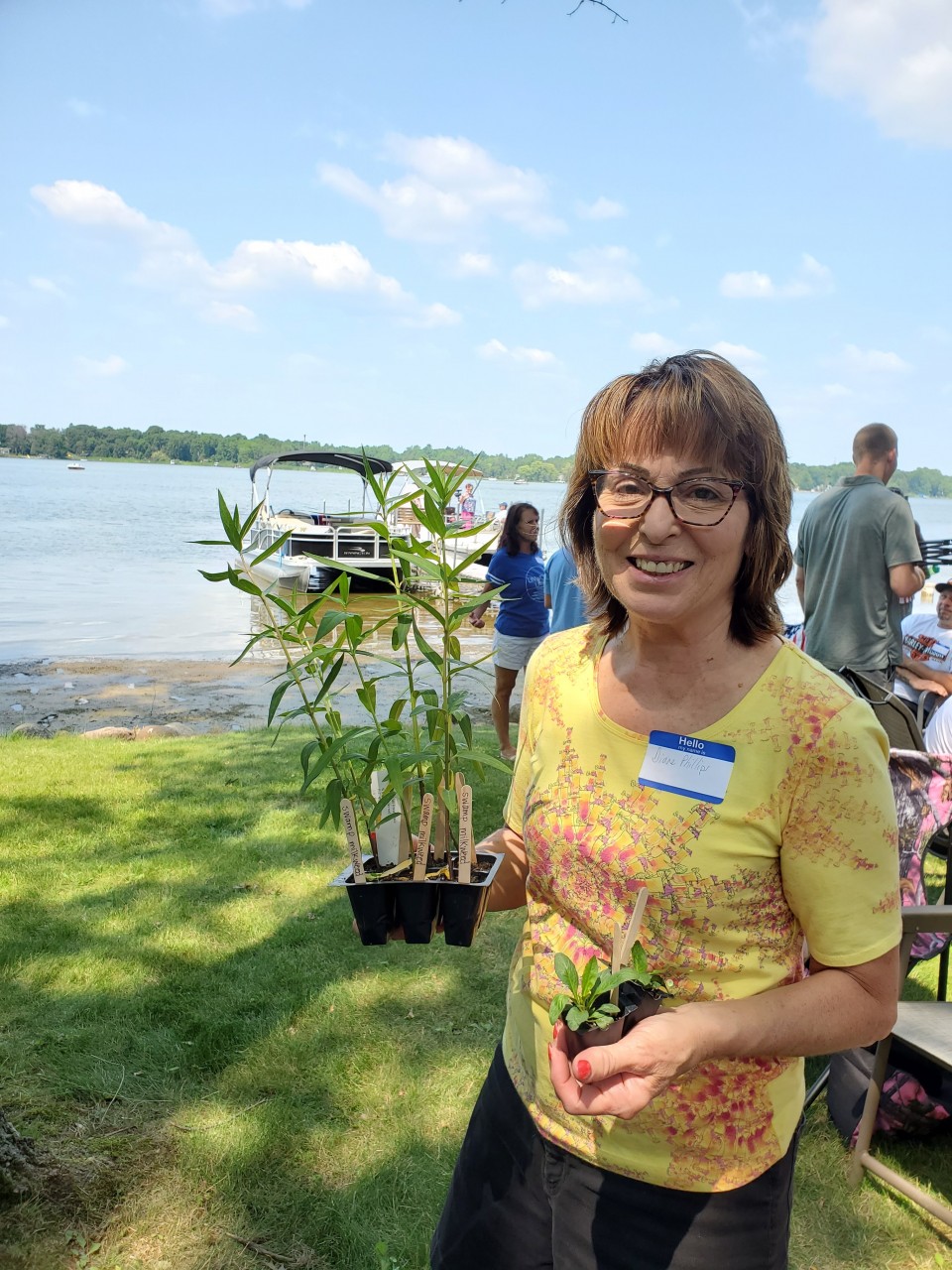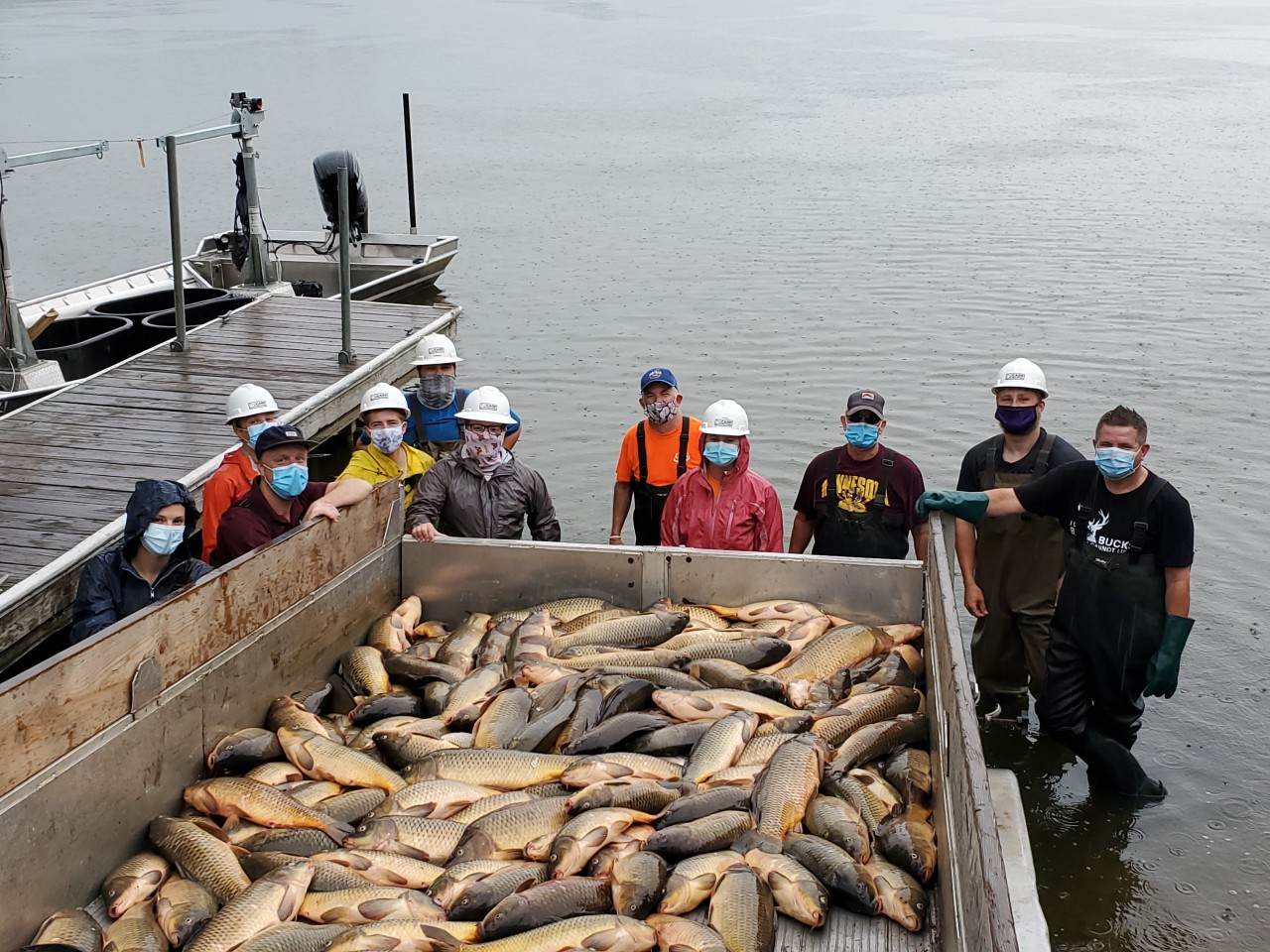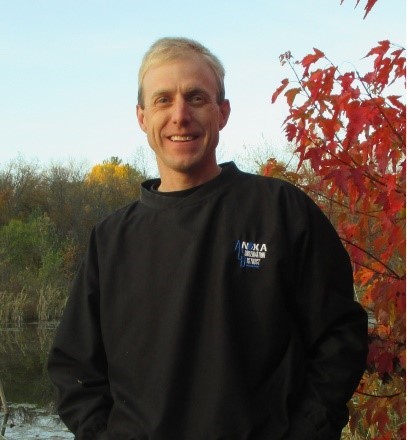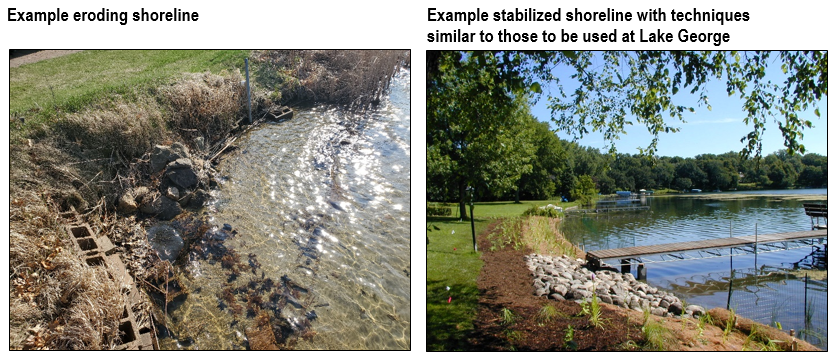Seven properties totaling 540 feet of shoreline will be stabilized at Lake George in the coming months. The projects are part of efforts to reverse a trend of declining water quality in the lake and enhance near shore habitat. All of the project sites are on private properties with active shoreline erosion. The work will reduce sediment entering Lake George by 8 tons/yr and phosphorus by 12 lbs/yr.
The seven sites were chosen from all around the lake, and the places where ACD staff determined the greatest pollutant reductions could be achieved with the greatest certainty. We used existing shoreline inventories to identify 35 properties with actively eroding shoreline. Of those properties, 25 expressed interested. ACD staff visited each property and heard first-hand from those landowners about their shorelines. Finally, each shoreline was scored relative to erosive forces, current erosion, benefits of upland buffers to filter runoff, pollutant reduction calculations, and likelihood of success.
$70,000 in grant funds is available for construction. That dollar amount limits work to approximately the top seven projects, however more will be done if construction bids are low. Funding is from a Watershed Based Implementation grant from the MN Board of Water and Soil Resources. The programs for this grant were selected by a team of local partners including city, watershed organization, and soil and water conservation district representatives. Collaborators on the Lake George shoreline program include the Upper Rum River Watershed Management Organization and Lake George Conservation Club.
Shoreline stabilization measures will vary. All include rock or natural fiber protection at the water's edge, as well as a native plant shoreline buffer. Some will include regrading to a stable slope.
Owners of properties selected for shoreline stabilization are being notified now. Surveying, design, and construction bidding will occur in 2021.Projects will be installed in spring 2022.




